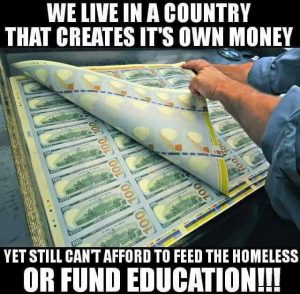Who’d a thunk it? All the bloviating and hyperventilating and name-calling aside, turns out President Trump’s foreign policy actions in the first 100 days of his presidency (an entirely artificial edifice on which to judge a presidency) are pretty … normal.
He has been confronted with the realities of the office as they relate to conflicts and challenges abroad and has taken actions that pretty much are to be expected of the “leader of the free world.”
That’s the early conclusion of foreign policy strategist Danielle Pletka, who acknowledges that it’s a little premature to call the jury in on this very young presidency.
But 100 days into his term, President Trump has been far more conventional than many dared hope. Many of his promises, from labeling China a currency manipulator to staying out of Syria to making nice with Russia, appear to be on hold — which should surprise no one.
Trump came in to office after making some strong pledges of how he would deal with America’s foes, but confronted with the realities of global order, he turned toward a more incremental path, much like his predecessors, from George H.W. Bush to Barack Obama. All of them promised one thing, but had to deal with real-time sets of circumstances once they got into office, making their campaign pledges tough to keep.
And this is how it always is. Leaders say one thing, but then must live up to American ideals. And America’s willingness to shoulder the burden in a time of need or instability is what makes this nation the great global leader it is.
While some argue for protectionist policies, this nation is too large and influential to turn tail and go home. Conversely, those who say that America needs to be more interventionist know that it is America’s exceptionalism that prevents it from denying other nations the freedom to set their own course, as long as they do not threaten others’ security.
But it is when moral leadership is most needed — during a breakdown in governance or the rise of a national or international security threat — that America demonstrates its greatest ideals and the universal truth — that liberty and the ability to pursue one’s happiness are not solely the domain of or privilege belonging to citizens of the United States.
The fact that Trump sits in an office to whom this responsibility is more greatly felt than any other is obviously not lost on Trump. As Pletka says, no one should be surprised Trump hasn’t acted more forcefully to turn over the status quo, even if candidate Trump spoke of global issues in cut and dried terms.
The world has a way of upending even the best-laid campaign platforms. And so, despite telling Obama to ‘stay the hell out of Syria,’ Trump blasted an air base used for a chemical weapons attack on Day 76 of his presidency. He has overturned Obama’s non-policy of ‘strategic patience’ with North Korea, recognizing that Pyongyang has used the past eight years to advance its nuclear and missile programs to the point of threatening the continental United States.
And while Trump’s actions toward Russia, Syria, NATO, Iran are in line with what other nations have come to expect from U.S. leadership — regardless of who’s president — future actions on dealing with foreign “despots” are murky.
For now, however, the world can only judge him by what they’ve seen him do thus far during his young tenure in office.
And thus far, there’s no resounding cause for alarm, if ever there had been.
What we have seen from Trump in his early days as president is a man who is owning his burdens, one who wants to rebuild the deterrent power of the United States, one who is shocked by the horrors of war, and one who is game to push back on enemies. All to the good.
But what we don’t see is a man who is game to threaten other leaders’ personal power. … Nor, most important, do we have a sense of his worldview or the policies that underpin his initial tactical steps. On national security, at least, it will be those policies, and not the occasional phone call or airstrike, that will make or break this president in the world.
What do you think of Trump’s foreign policy leadership so far?
Read the original article in The Washington Post.








